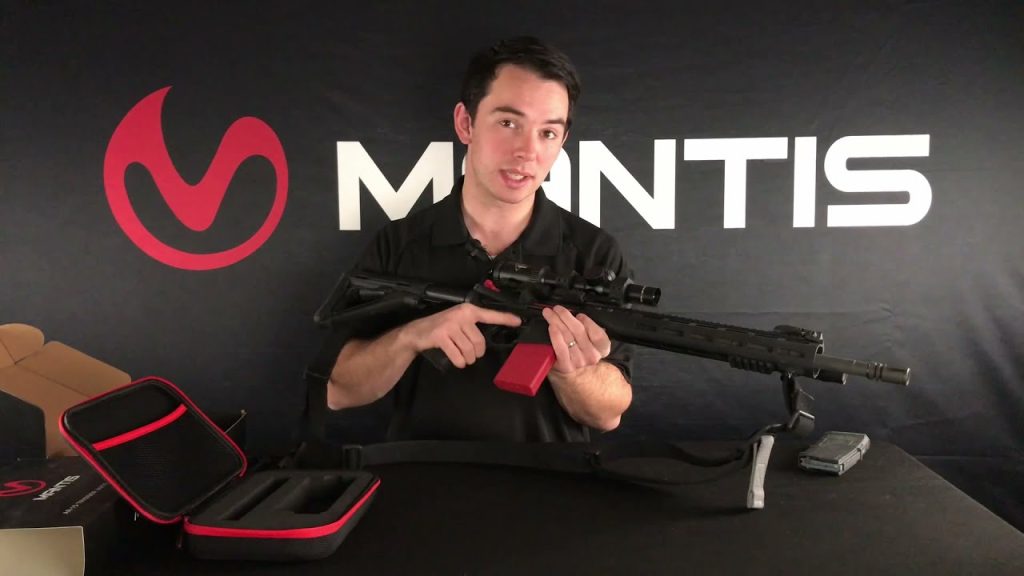In the realm of firearm competence and shooting sports, practice and consistency are essential for progress. Both inexperienced and seasoned shooters use dry fire training, which is a practice that involves practicing without using live ammo, to improve their shooting abilities. In addition to improving technical skills, this routine strengthens the mental toughness required in high-stress scenarios.
Establishing a Baseline: Assessing Current Skills and Setting Goals
Setting specific, quantifiable objectives and evaluating your present skill level is essential before beginning a dry fire training program. Start by using video analysis or self-evaluation to gauge your performance.
Determine your shooting technique’s strong and weak points in terms of grip, posture, sight alignment, and trigger control. This candid assessment offers a starting point from which progress may be gauged.
The next stage is to set objectives. These must be time-bound, precise, and attainable. For example, during a month, try to reduce muzzle movement during the trigger push to enhance trigger control.
By setting these objectives, you provide your training program with a road map and enable concentrated, goal-oriented practice sessions. Continuous improvement is ensured by periodically reviewing these objectives and adjusting in light of development.
Crafting a Detailed Training Schedule for Consistency
The cornerstone of successful dry fire training is consistency. Creating a thorough training plan guarantees consistent practice and aids in maintaining discipline. Start by setting up certain days and hours for your training sessions; make them an essential component of your schedule.
With this commitment, dry fire practice becomes a regimented activity rather than an irregular one. Every meeting needs to have a distinct goal.
Go through the many facets of shooting, devoting specific sessions to movement exercises, auto reset trigger control, sight alignment, and reloading. This diversified technique covers all the important aspects of shooting and keeps the training interesting.
Incorporate brief, high-intensity exercises in addition to longer sessions. Faster increases result from these concentrated practice sessions since they are more beneficial for improving muscle memory and attention.
Developing Realistic and Dynamic Dry Fire Drills
For dry fire exercises to be successful, they must imitate real-life situations. Establish a distraction-free, secure training environment first. To replicate various shooting scenarios, use actual targets positioned at various distances and angles.
Include mobility in your target transition exercises to help you train this important ability for dynamic shooting situations. The draw and fire drill is one efficient workout.
Pulling your gun from a holster, focusing on your target, and smoothly pulling the trigger are all skills to practice. By improving muscle memory, this practice helps you acquire targets more quickly and accurately.
The reload drill, in which you practice effectively ejecting an empty magazine and installing a fresh one, is another beneficial exercise. Maintaining preparedness over prolonged shooting sessions or defensive scenarios requires this ability.
Integrating Feedback Mechanisms for Continuous Improvement
When practicing with dry fire, feedback is essential for improving shooting skills. Make use of devices like shot timers or laser training cartridges to get fast, unbiased feedback on your performance. With laser cartridges, you may adjust for aim variations by seeing exactly where the bullet would have fallen. Shot timers assist in measuring drill speed and provide standards for advancement.
Using a camera to record your practice sessions might also be quite helpful. Examine the video to find little errors that may not have been noticed at the time. By dissecting these recordings, you may modify your approach in certain areas.
Seek input from instructors or more seasoned shooters on a regular basis. They may provide insightful opinions and recommendations for development.
Enhancing Mental Focus and Visualization Techniques
Dry fire training involves mental as well as physical preparation. Gaining laser-like concentration and mastering visualization skills can improve your performance immensely. Give yourself a few minutes of mental practice before each session.
Shut your eyes and picture yourself doing the drill perfectly. Envision the sensation of pulling the trigger, the sight’s alignment, and the ideal shot location. By strengthening the cerebral connections linked to shooting abilities, this mental exercise enhances performance.
Include breathing techniques to help you stay composed and focused, particularly while doing high-intensity activities. Regulating breathing lowers the chance of mistakes by bringing the body and mind into balance.
Maintaining your composure and effectiveness under pressure is essential in real-world shooting situations, and it may be achieved by regularly practicing mindfulness and stress-reduction tactics.
Conclusion
Establishing a baseline, creating a consistent schedule, designing realistic exercises, including feedback systems, improving mental concentration, and routinely assessing progress are all necessary to create a successful dry-fire training program. Adhering to this methodical strategy will guarantee your preparedness and skill in every circumstance, dramatically increasing your shooting performance.

